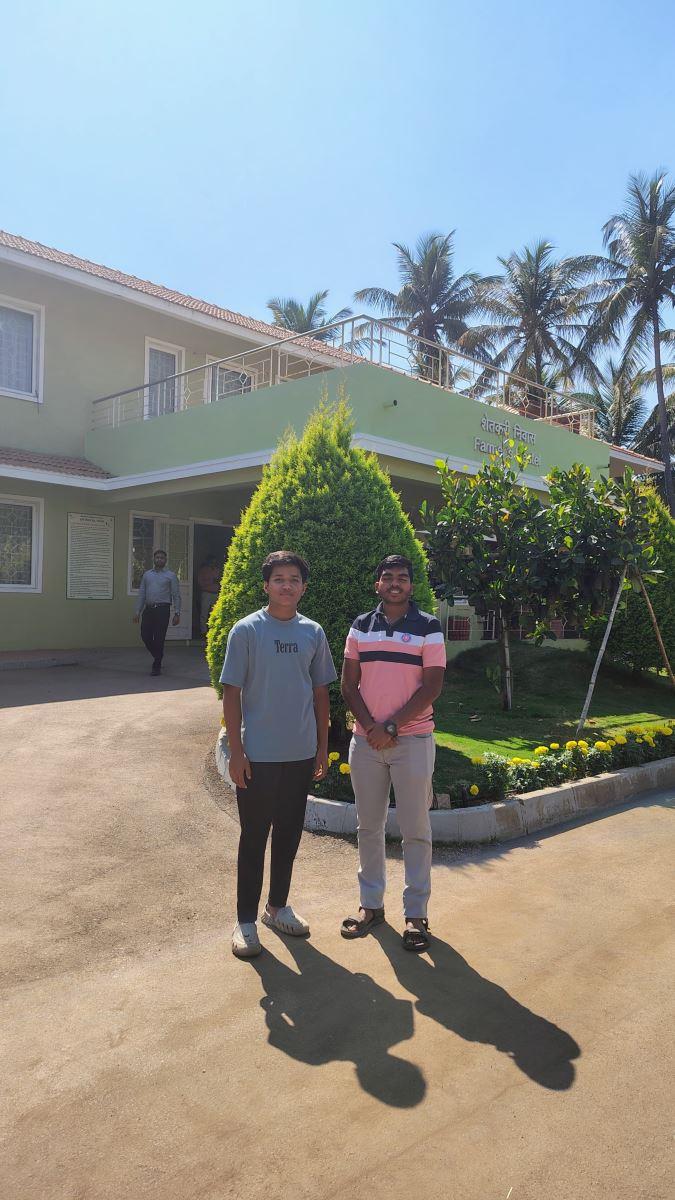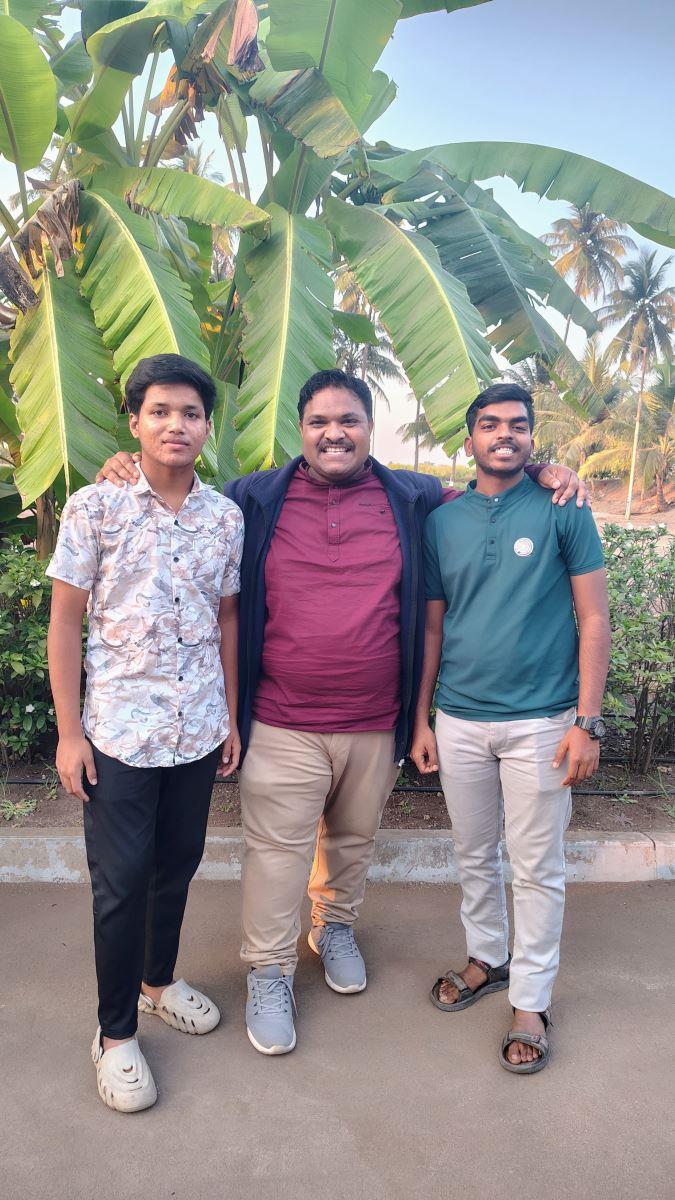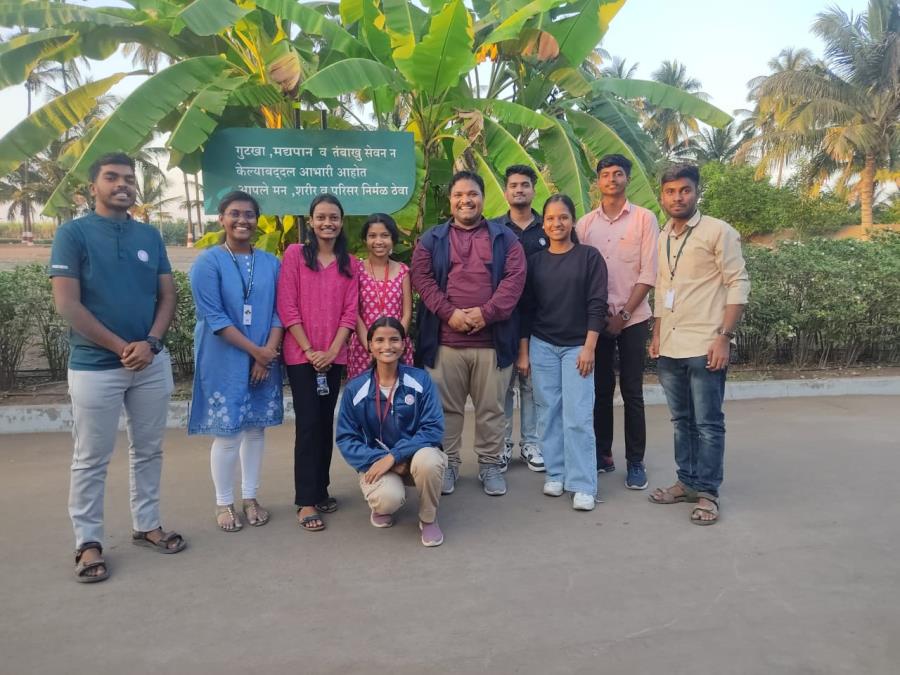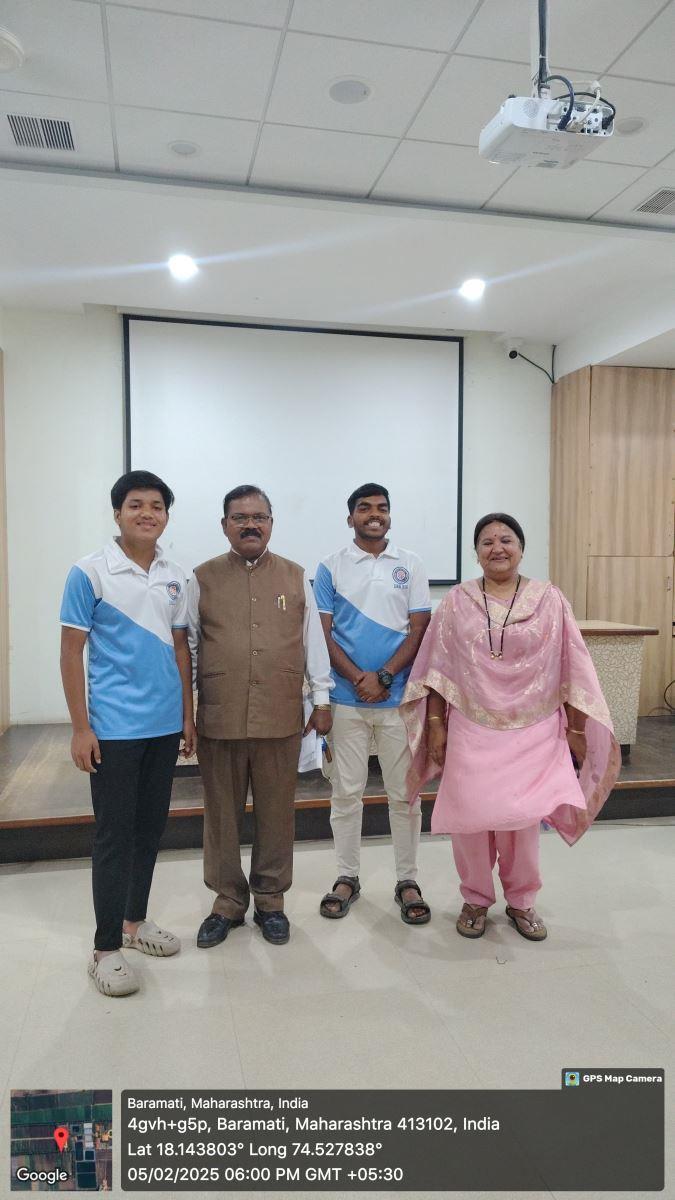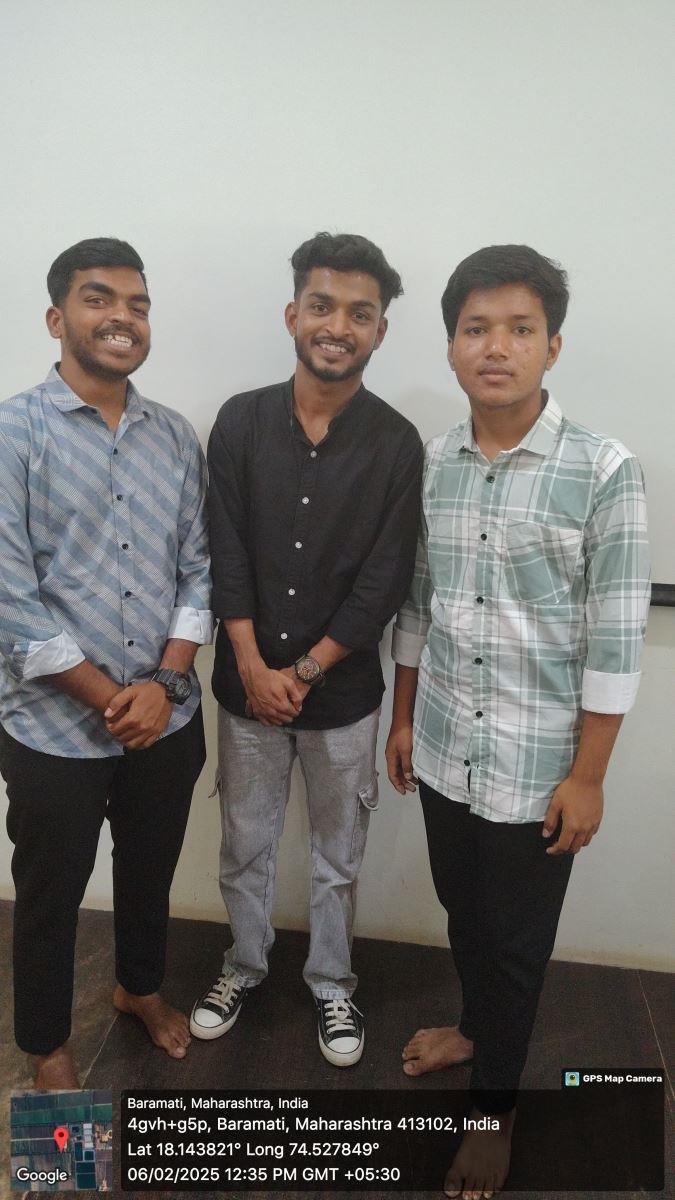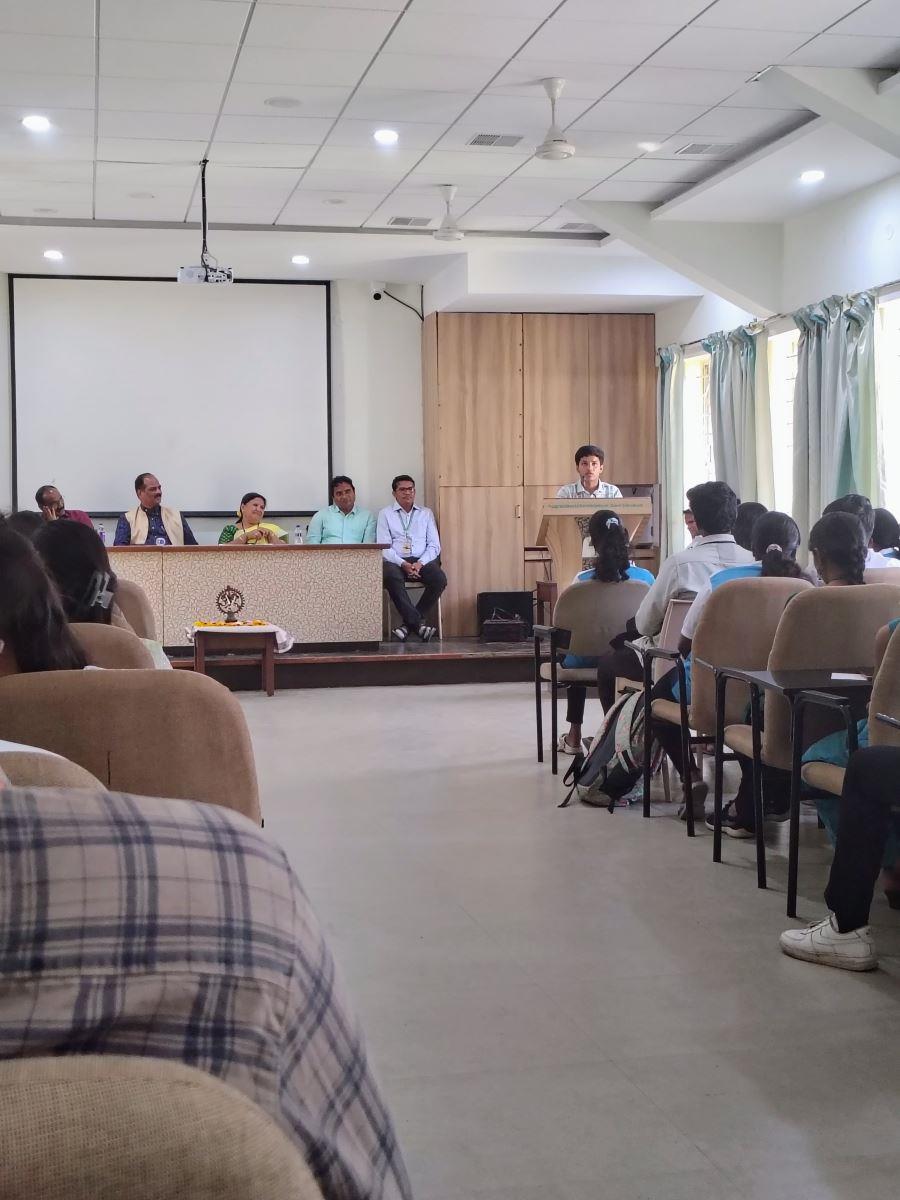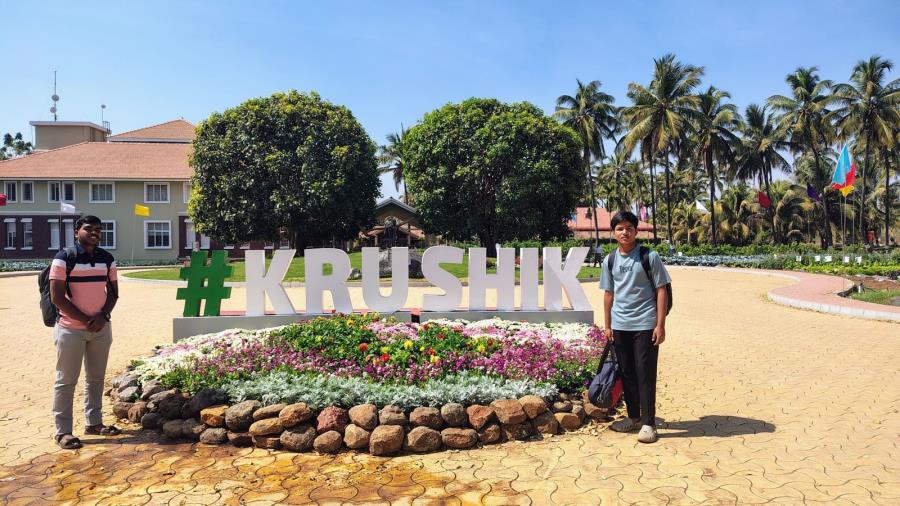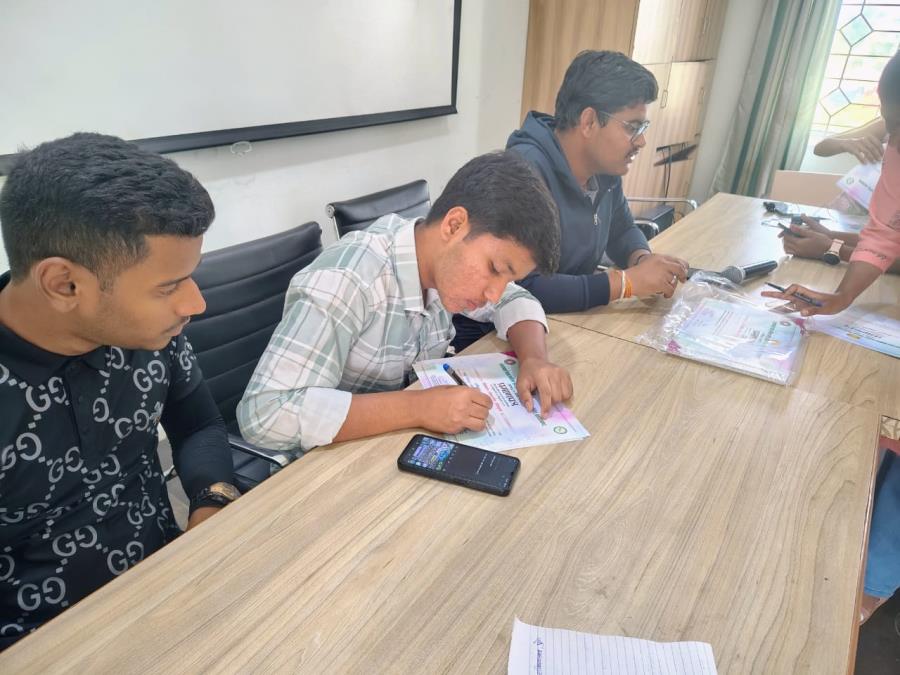<p>A <strong>three-day state-level workshop on folk art – folk music and folk dance</strong> was organized for the <strong>National Service Scheme (NSS) volunteers, </strong>Ketan Kisan Powar and Yash Bharat Powar participated in the same at <strong>Sharadabai Pawar Women’s Arts, Commerce, and Science College, Shardanagar, Malegaon Budruk</strong>.</p> <p>The workshop was conducted at <strong>Farmer’s Residence, Krishi Vigyan Kendra, Baramati</strong>, and was structured into <strong>four sessions</strong> over the three days.</p> <h3><strong>Session 1</strong></h3> <ul> <li><strong>Date & Time</strong>: Tuesday, 4th February 2025, 2:30 PM to 6:30 PM</li> <li><strong>Topic</strong>: <em>Street Play (Pathnatya)</em></li> <li><strong>Resource Person</strong>: <em>Renowned Street Play Artist Shri. Swamiraj Bhise</em></li> </ul> <p>Shri. Swamiraj Bhise provided comprehensive guidance on street plays, highlighting the following key points:</p> <ol> <li>The most important aspect of a street play is <strong>voice projection</strong>. To enhance voice clarity and strength, he suggested practicing the <strong>"Ha" barakhadi</strong> (a vocal exercise).</li> <li><strong>Passion and intensity</strong> are essential for delivering a powerful street play.</li> <li>The <strong>theme</strong> of the play should be clearly introduced at the beginning.</li> <li>Every street play should <strong>start with a song</strong> that immediately captures the audience's attention.</li> <li><strong>Acting should be natural</strong>—neither too exaggerated nor too minimal.</li> </ol> <h3><strong>Session 2</strong></h3> <ul> <li><strong>Date & Time</strong>: Wednesday, 5th February 2025, 9:30 AM to 1:30 PM</li> <li><strong>Topic</strong>: <em>Bharud (Traditional Marathi Folk Performance)</em></li> <li><strong>Resource Person</strong>: <em>Social Reformist and Bharud Performer Shri. Anil Kengar</em></li> </ul> <p>Shri. Anil Kengar explained Bharud in detail:</p> <ol> <li>Bharud performances should begin with a <strong>"Gavlani" (a devotional song about Lord Krishna’s childhood stories).</strong></li> <li><strong>Bharud is a poetic form that conveys social messages.</strong></li> <li><strong>Saint Eknath Maharaj</strong> is regarded as the greatest exponent of Bharud.</li> <li>The themes of Bharud should focus on <strong>social issues and challenges.</strong></li> <li>Bharud is a <strong>double-meaning narrative song</strong> with deeper spiritual meanings hidden beneath the surface.</li> <li>There are <strong>two types of Bharud performances</strong>: <ul> <li><strong>Bhajani Bharud</strong> (devotional style)</li> <li><strong>Songi Bharud</strong> (dramatic style)</li> </ul> </li> <li>Different forms of Bharud performances include: <ul> <li><strong>Dramatic Bharud</strong></li> <li><strong>Jugalbandi Bharud</strong></li> <li><strong>Songi Bharud</strong></li> <li><strong>Ekpati Bhajani Bharud</strong></li> </ul> </li> </ol> <h3><strong>Session 3</strong></h3> <ul> <li><strong>Date & Time</strong>: Wednesday, 5th February 2025, 2:30 PM to 6:30 PM</li> <li><strong>Topic</strong>: <em>Lavani (Traditional Marathi Dance and Music Form)</em></li> <li><strong>Resource Person</strong>: <em>Dr. Dinesh More, Historian, Sharadabai Pawar Women’s College, Baramati</em></li> </ul> <p>Dr. Dinesh More provided insights into Lavani:</p> <ol> <li><strong>Lavani is a blend of dance, music, and acting</strong>, performed as per the requirements of the theme.</li> <li>The word <strong>"Lavani" originates from the Prakrit language</strong> and has Arabic roots.</li> <li><strong>"Gavlani" represents young Krishna’s playful acts, whereas "Lavani" represents his mature and romantic tales.</strong></li> <li>Various types of Lavani include: <ul> <li><strong>Spiritual/Devotional Lavani</strong></li> <li><strong>Phad Lavani</strong> (performed in Lavani theaters)</li> <li><strong>Baithak Lavani</strong> (seated performances)</li> <li><strong>Chakkad Lavani</strong> (question-based)</li> <li><strong>Katav Lavani</strong> (answer-based)</li> <li><strong>Balghati Lavani</strong></li> <li><strong>Khadi Gammat</strong> (humorous Lavani)</li> </ul> </li> <li><strong>Lavani is not vulgar</strong>; it is performed with traditional attire and follows cultural aesthetics.</li> </ol> <h3><strong>Session 4</strong></h3> <ul> <li><strong>Date & Time</strong>: Thursday, 6th February 2025, 9:30 AM to 1:30 PM</li> <li><strong>Topic</strong>: <em>Folk Dance</em></li> <li><strong>Resource Person</strong>: <em>Folk Dance Expert Shri. Saugandh Kapse</em></li> </ul> <p>Shri. Saugandh Kapse emphasized the importance of folk dance:</p> <ol> <li><strong>Folk art is created by the people, for the people.</strong></li> <li><strong>Folk dances are deeply rooted in regional traditions.</strong></li> <li>He demonstrated <strong>steps of Koli dance</strong> (a traditional dance of the Koli fisherfolk community).</li> <li>He also performed <strong>Lavani</strong>, showcasing its grace and energy.</li> </ol> <h3><strong>Conclusion</strong></h3> <p>After these informative and engaging sessions, the <strong>three-day state-level workshop concluded successfully</strong>, leaving participants enriched with knowledge and practical skills in folk art, music, and dance.</p>
 Baramati 4
Baramati 4
 Images
Images
 Report
Report

